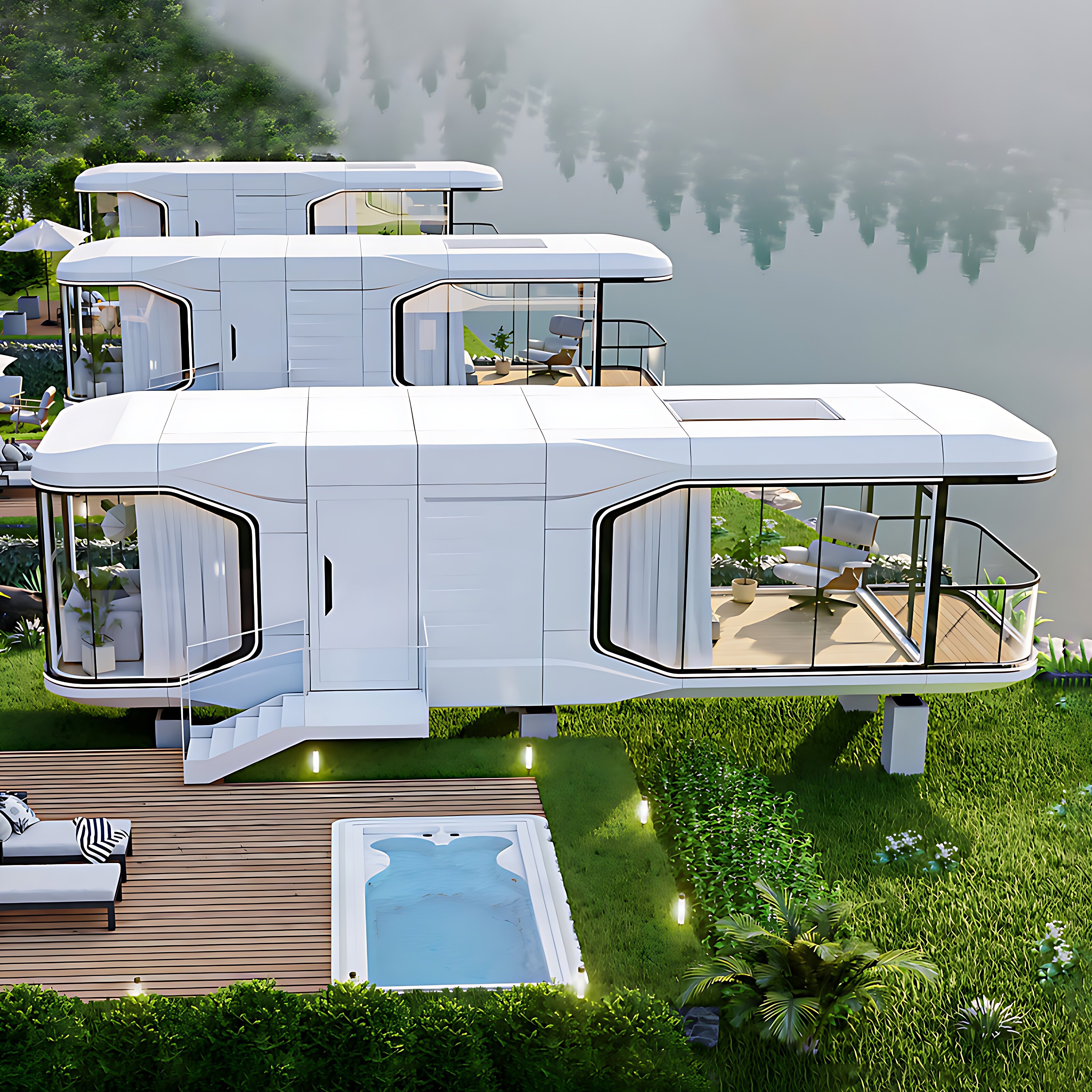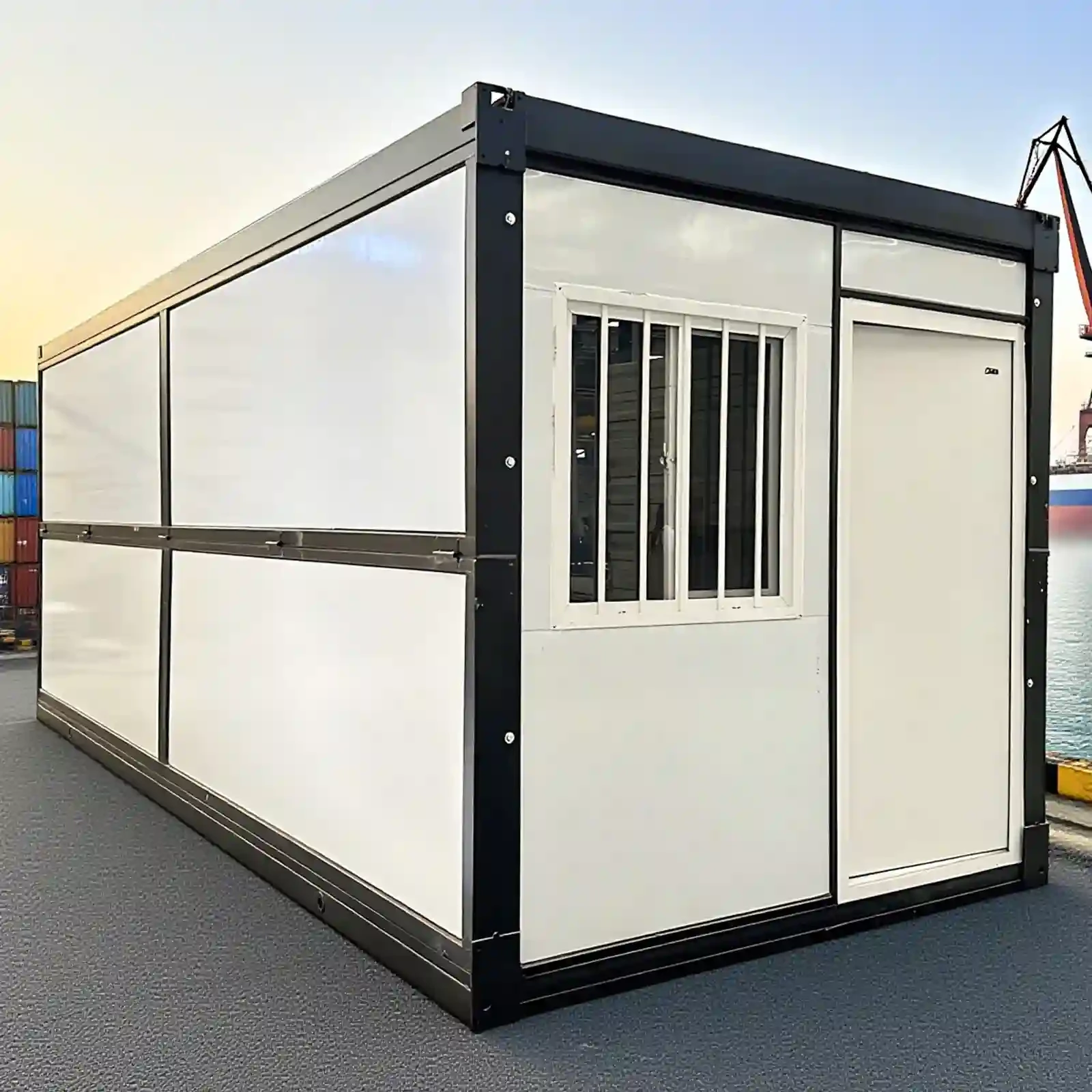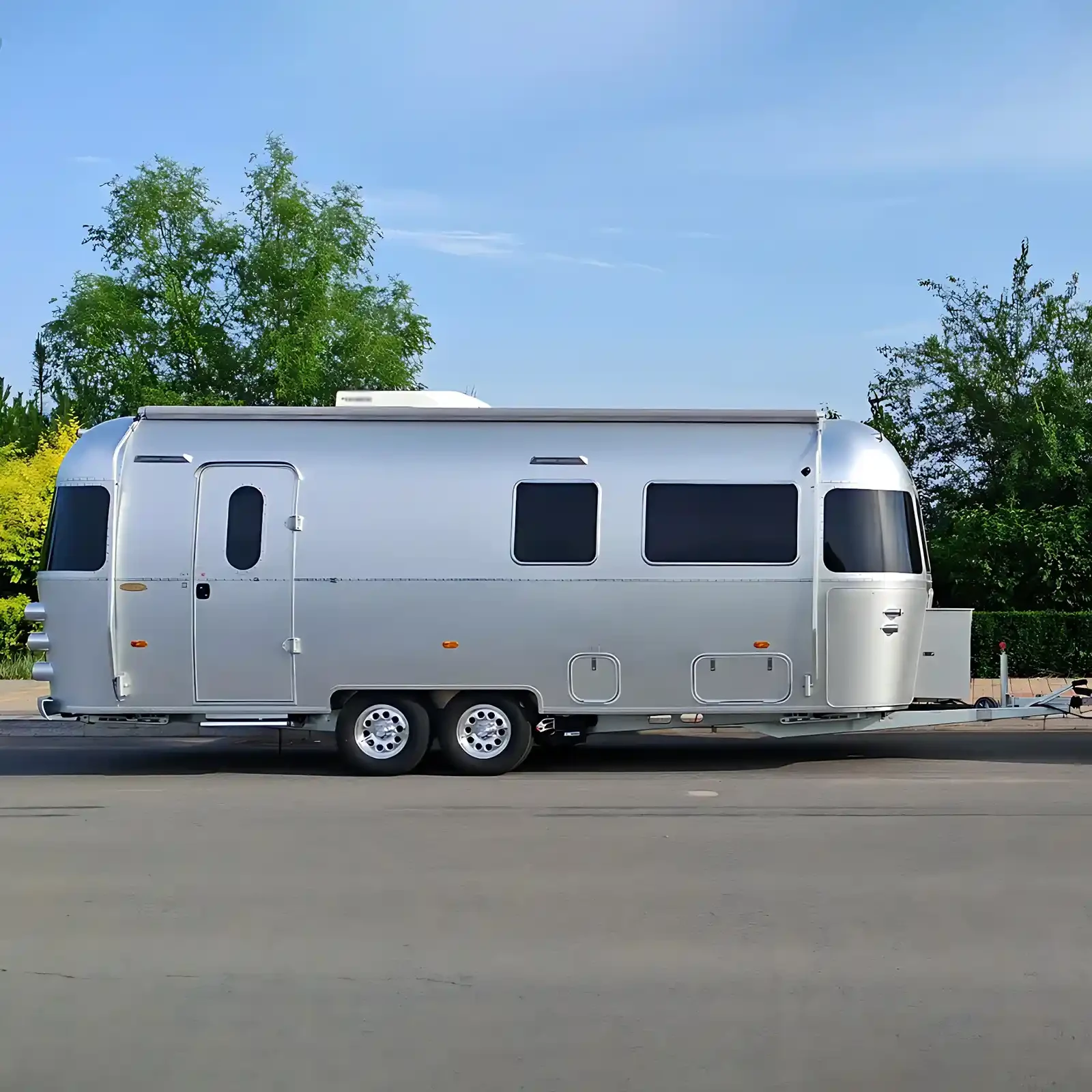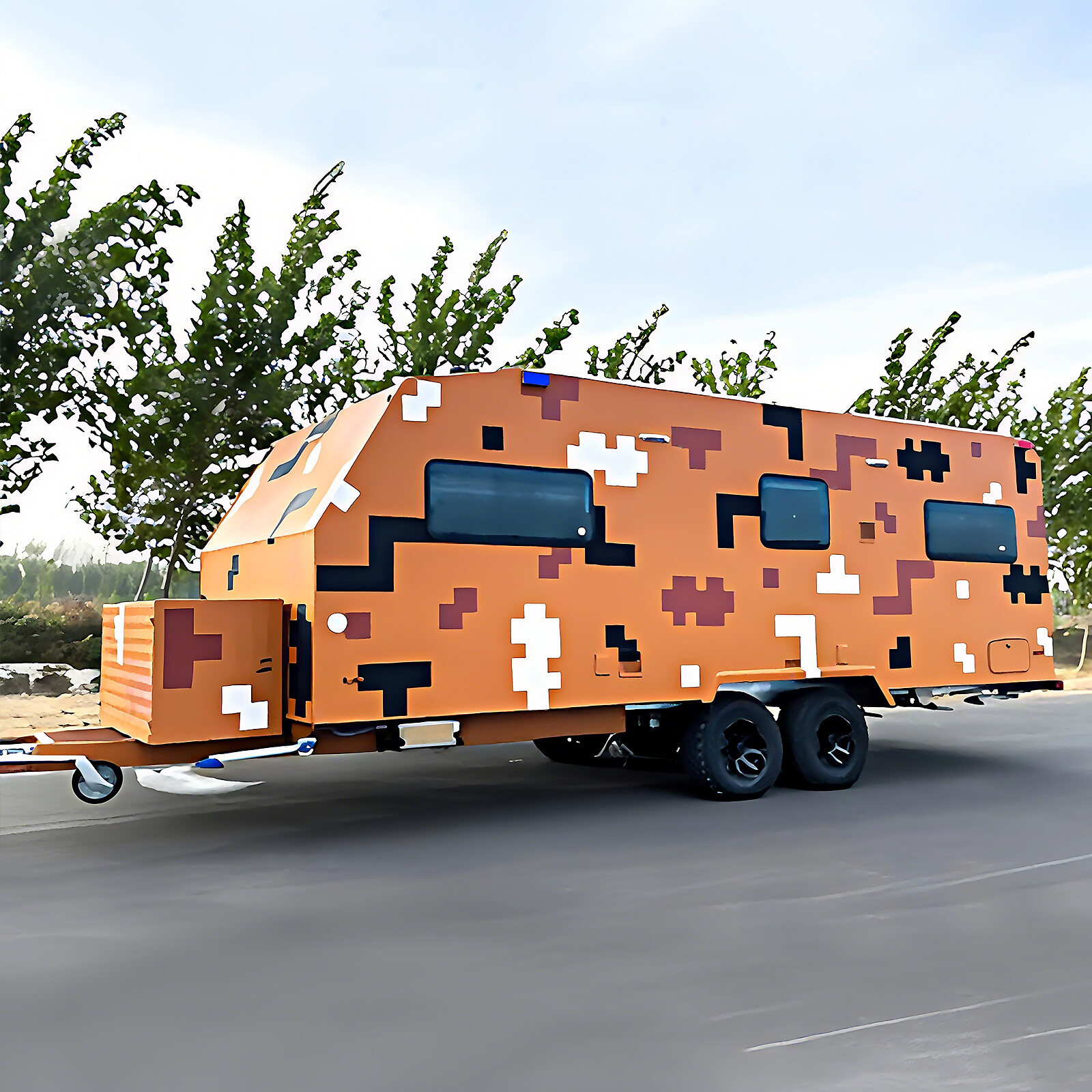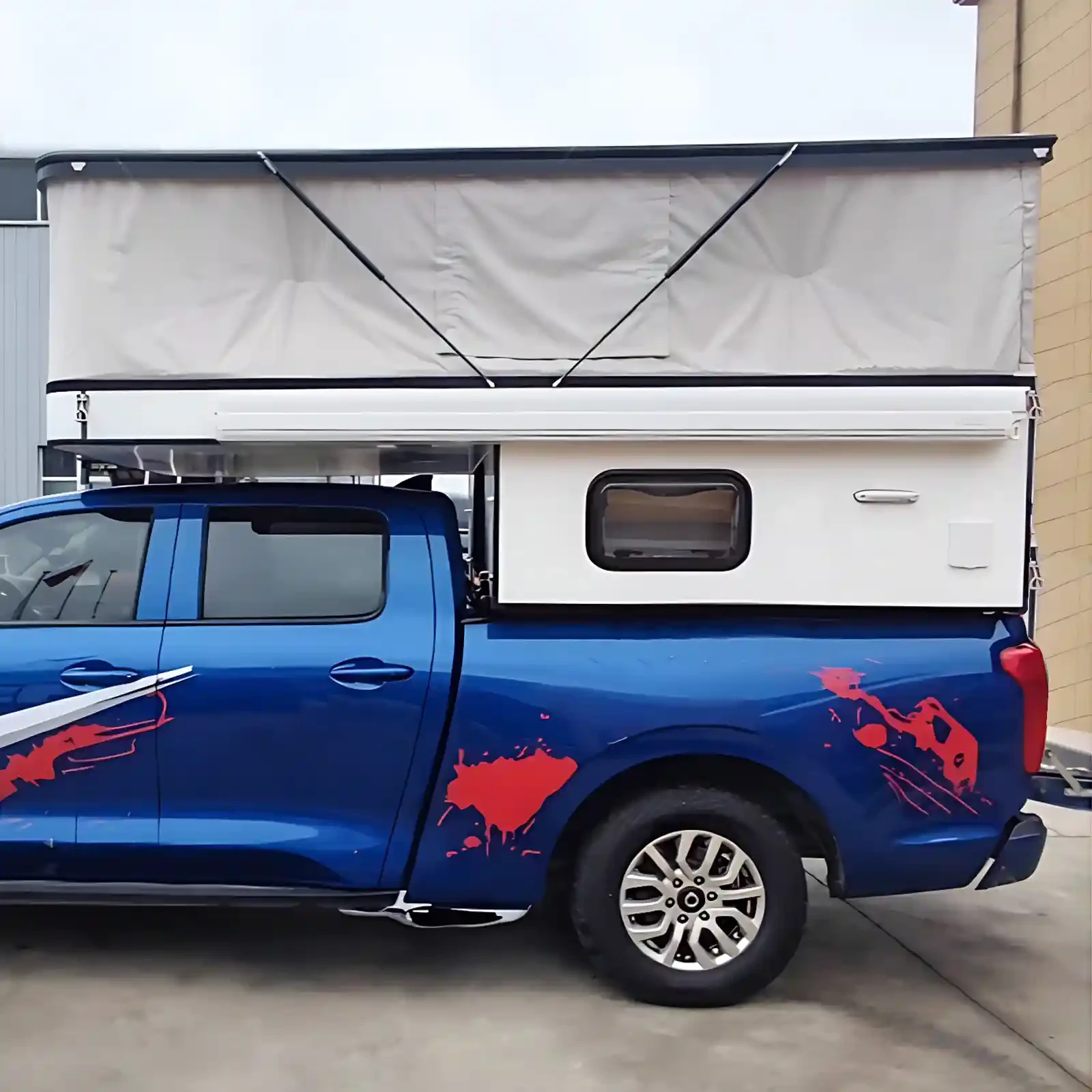When choosing a living space, soundproofing and thermal insulation are crucial indicators of comfort. For the emerging residential space capsule, the actual performance of these two factors is of particular concern. These factors not only affect residents' ability to enjoy a tranquil living environment but also influence indoor temperature stability, ultimately determining the overall living experience.
1. Actual performance of sound insulation effect
The impact of structural design on sound insulation: The unique streamlined structure of the villa capsule contributes to sound insulation to a certain extent. Its integrated capsule design reduces the gaps that can occur due to wall splicing in traditional buildings, thus reducing the channels for sound transmission. The capsule is well sealed, and the installation of doors and windows and the connections between the various parts of the capsule have been carefully processed, effectively blocking the transmission of external sounds. In the city, facing the heavy street noise, the villa capsule's compact structure can significantly reduce the interference of traffic noise into the interior, creating a relatively quiet living environment for residents.
Application of sound insulation materials: To further enhance sound insulation performance, villa space capsules typically utilize high-quality sound insulation materials. The walls and ceilings of the capsule are often filled with sound-absorbing cotton, foam plastic, and other sound-insulating materials. Sound-absorbing cotton has a porous structure that effectively absorbs and disperses sound energy, converting incoming noise into heat energy. Foam plastic, with its light weight and excellent sound insulation, enhances the capsule's sound insulation without adding excessive weight. In areas near noise sources such as railways or airports, villa space capsules can reduce noise to an acceptable level through the use of these sound insulation materials, protecting residents from the annoyance of high-decibel noise indoors.
Door and Window Soundproofing: As one of the primary pathways for sound transmission, doors and windows are crucial for soundproofing. The doors and windows of the villa capsules often utilize double- or multi-layered insulating glass, with the air layer between them providing excellent soundproofing and buffering. The thickness and quality of the glass are carefully selected to effectively block sound penetration. Furthermore, the frames of the doors and windows are sealed with sealing strips to ensure seamless operation when closed, further enhancing soundproofing. At night, even with noisy activity outside, the villa capsule remains quiet with the doors and windows closed, ensuring a comfortable sleep environment.
Actual Living Experience: Residents have reported excellent soundproofing in the villa capsules. In rural areas, residents are virtually unaffected by the sounds of birdsong and wind, allowing them to fully enjoy the tranquility of rural life. While urban environments cannot completely isolate external noise, the villa capsules reduce noise by 30-40 decibels compared to traditional homes, effectively minimizing the impact of street noise, construction noise, and other issues on daily life. Residents can engage in normal indoor activities, such as conversation and watching TV, without being significantly disturbed by external noise, adding a greater sense of comfort.
2. Actual performance of thermal insulation effect
Selection and Application of Insulation Materials: The villa space capsule also puts considerable effort into thermal insulation. The outer walls of the capsule are typically constructed from highly insulating materials, such as polystyrene foam and polyurethane foam. Polystyrene foam has a low thermal conductivity, effectively preventing heat conduction and making the indoor temperature less susceptible to the effects of ambient temperature. Polyurethane foam, on the other hand, offers excellent thermal insulation and heat preservation properties, and its closed-cell structure reduces heat transfer through air convection. In the sweltering summer heat, these insulating materials effectively block the intrusion of high outdoor temperatures, keeping the interior cool. In the cold winter, they prevent heat loss and provide excellent insulation.
Cabin Insulation Design: In addition to the insulation materials, the overall insulation design of the villa space capsule also significantly impacts its effectiveness. The cabin's walls and roof feature a multi-layered structure, with air insulation layers formed between each layer. This air insulation further reduces heat conduction and enhances insulation performance. Some high-end villa space capsules also feature a reflective film covering the cabin surface. This film reflects solar heat, reducing heat absorption and thus minimizing the temperature rise. On summer afternoons in direct sunlight, this film can effectively lower the indoor temperature by 3-5 degrees Celsius, alleviating the cooling burden on the air conditioner and saving energy.
Door and Window Insulation Technology: The thermal insulation performance of doors and windows is also crucial. The doors and windows of the Villa Space Capsule are made of thermally insulated aluminum. The insulation strips in the middle of the thermally insulated aluminum effectively prevent heat from being transferred through the window frame. The use of insulating glass further enhances the thermal insulation of the doors and windows. Insulating glass is filled with an inert gas, such as argon, which has a low thermal conductivity and can effectively block heat transfer. In winter, the excellent thermal insulation of the doors and windows effectively prevents heat loss through the doors and windows, maintaining indoor warmth. In summer, it reduces the transmission of outdoor heat, lowering the indoor temperature.
Thermal insulation in various environments: The villa capsules' thermal insulation withstands the test of various climates. In the cold northern regions, where winter outdoor temperatures can drop to -10°C or even lower, the villa capsules' excellent thermal insulation and heat retention properties maintain a comfortable indoor temperature between 20°C and 25°C, eliminating the need for residents to worry about the impact of cold weather. In the hot southern regions, where summers are hot and rainy, the villa capsules effectively block the heat and humidity from outside, keeping the interior dry and comfortable. Even without air conditioning, the indoor temperature does not rise as quickly as in traditional buildings, providing residents with a relatively cool living space.
The Villa Capsule demonstrates outstanding sound and heat insulation performance through its unique structural design, high-quality materials, and advanced technology. Whether in a noisy urban environment or in a changing climate, it provides residents with a quiet, comfortable, and temperature-controlled living space. With the continuous advancement of science and technology and the development of materials technology, the Villa Capsule's sound and heat insulation performance is expected to be further improved, providing people with an even more ideal living experience.

 USD
USD
 GBP
GBP
 EUR
EUR
